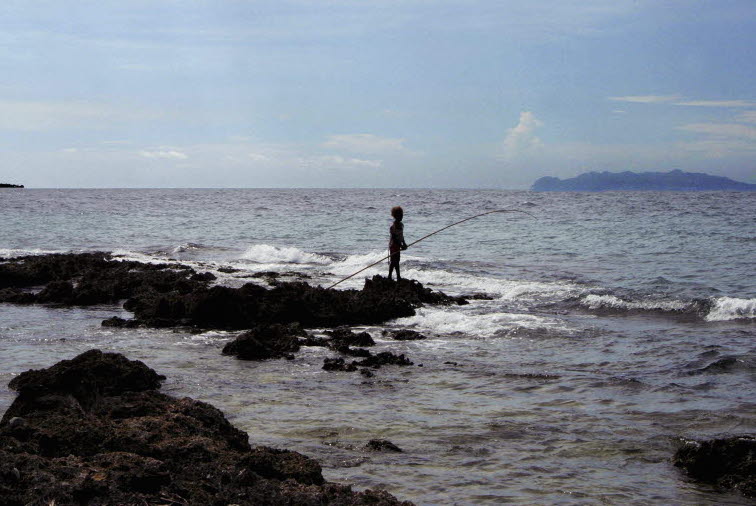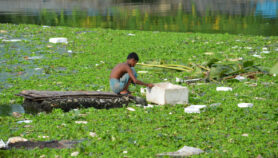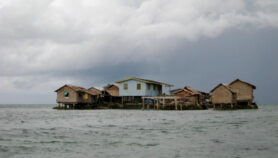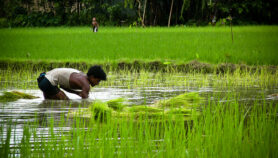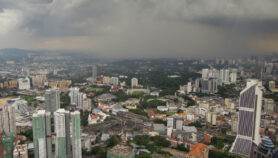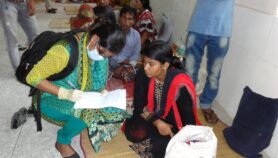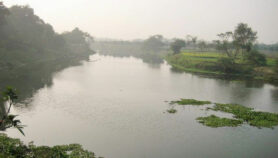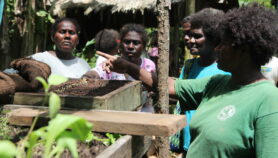By: Nithin Coca
Send to a friend
The details you provide on this page will not be used to send unsolicited email, and will not be sold to a 3rd party. See privacy policy.
[JAKARTA] Climate change adaptation and disaster risk management are crucial components of a holistic, locally-relevant and integrated water resource framework for the island countries in the Pacific, stresses a new report.
The report, published in the Journal of Water, Sanitation and Hygiene for Development, explores the state of water, sanitation and hygiene (WASH) in Pacific island countries and the projected climatic variations.
“Our goal is to understand the current state with regards to water and sanitation in remote rural communities and overlay our understanding of what climate change is going to do in these regions,” says Wade Hadwen, the first author of the report and an aquatic ecologist at Australia’s Griffith University.
Research took place at opposite ends of the Pacific states’ water environment — the drought-prone Marshall Islands and the flood-prone Solomon Islands. Both were chosen due to their vastly different water resource conditions.
“We wanted to tackle the extremes and develop solutions that can be applied to different situations,” says Hadwen.
“[We want] to show (to governments and NGOs) in a nice graphical way … that it’s not a one-size-fits-all solution,” Hadwen stresses. “It is really understanding the complexity. That will make or break their interventions.”
The report is the first in a series that the interdisciplinary research team, which includes faculty from universities and research centres in Australia, Fiji and the United States, plans to produce as part of a project funded by the Australian government.
According to data cited in the report, Oceania as a region has the lowest proportion of population (56 per cent) with improved drinking water, with over 30 per cent relying on raw surface water. Progress in sanitation was stagnant between 1990 and 2012.
The report says climate change adaptation should be included as part of a holistic water and sanitation agenda due to strong evidence that water resources will change due to shifting weather patterns and rising sea levels connected to climate change.
For example, Marshall Islands, the report argues that planners need to factor in that sea level rise is likely to reduce the size of the freshwater lens on atolls by as much as 29 per cent, above any changes due to precipitation.
Notes Susanne Skyllerstedt, a programme officer at the Global Water Partnership, which is working with UNICEF (UN Children’s Fund) to address gaps in the WASH sector:
“Climate change is really impacting our communities. We have floods, droughts, sea level rises, ecosystem degradation, storm damage. These different impacts all mediate through water.”
“Climate change increases the risk even more so for those communities already in vulnerable position due to other development challenges,” she says.
This article has been produced by SciDev.Net's South-East Asia & Pacific desk.
References
Journal of Water, Sanitation and Hygiene for Development doi:10.2166/washdev.2015.133 (2015)


